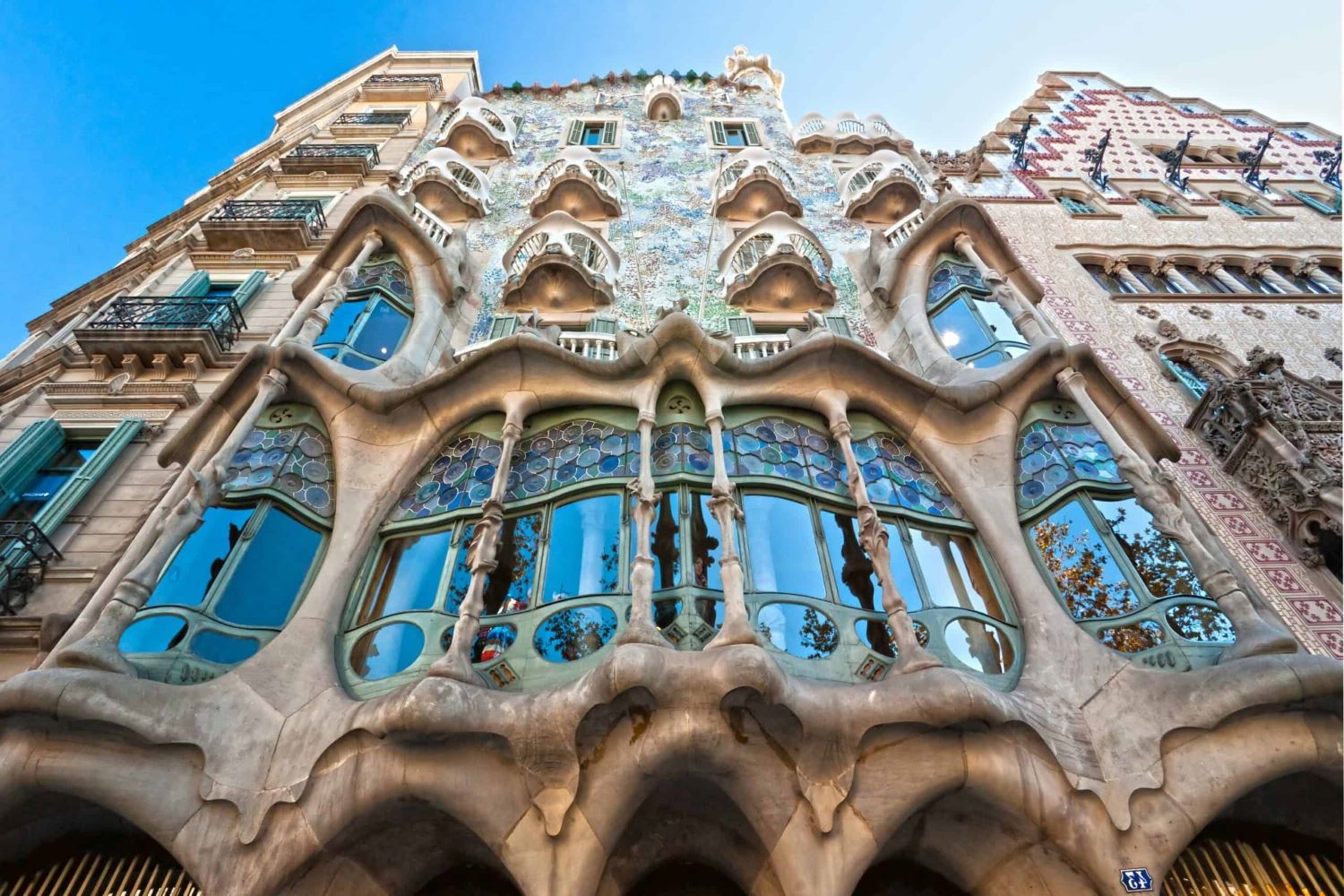
Modernism is a cultural movement that began in the late 19th and early 20th centuries, transforming art, literature, architecture, and more. But what exactly makes Modernism so special? Modernism challenged traditional forms and embraced new ways of thinking, focusing on innovation and experimentation. Artists and writers sought to break away from the past, creating works that reflected the complexities of modern life. This movement wasn't just about aesthetics; it was about capturing the essence of a rapidly changing world. From Picasso's abstract paintings to Virginia Woolf's stream-of-consciousness novels, Modernism left an indelible mark on culture. Ready to dive into 20 fascinating facts about this influential movement? Let's get started!
What is Modernism?
Modernism is a cultural movement that emerged in the late 19th and early 20th centuries. It aimed to break away from traditional forms and embrace new ways of thinking, creating, and expressing.
- Modernism began as a reaction to the rapid changes in society due to industrialization and urbanization.
- It sought to capture the essence of modern life, often focusing on themes like alienation, fragmentation, and dislocation.
- Modernist artists and writers experimented with new forms and techniques, such as stream-of-consciousness and abstract art.
Key Figures in Modernism
Several influential figures shaped the Modernist movement across various fields, from literature to architecture.
- James Joyce revolutionized literature with his novel "Ulysses," which employed stream-of-consciousness and complex narrative techniques.
- Virginia Woolf explored the inner lives of her characters through innovative narrative structures in works like "Mrs. Dalloway."
- Pablo Picasso transformed visual art with Cubism, breaking objects into geometric shapes.
- Frank Lloyd Wright redefined architecture with his organic designs, emphasizing harmony between human habitation and the natural world.
Modernism in Literature
Modernist literature broke away from traditional storytelling methods, focusing on the inner thoughts and feelings of characters.
- T.S. Eliot's poem "The Waste Land" is a cornerstone of Modernist literature, known for its fragmented structure and allusions to various texts.
- F. Scott Fitzgerald's "The Great Gatsby" captures the disillusionment of the American Dream during the Jazz Age.
- Ernest Hemingway used a minimalist style, known as the "Iceberg Theory," where the deeper meaning lies beneath the surface of the text.
Modernism in Art
Modernist art sought to break away from realistic representations, exploring abstract forms and new techniques.
- Marcel Duchamp challenged traditional art with his "readymades," ordinary objects presented as art.
- Wassily Kandinsky is considered a pioneer of abstract art, believing that art should express the inner emotions of the artist.
- Salvador Dalí brought surrealism to the forefront with his dream-like, bizarre images.
Modernism in Architecture
Modernist architecture emphasized function, simplicity, and the use of new materials and technologies.
- Le Corbusier promoted the idea of buildings as "machines for living," focusing on functionality and efficiency.
- Bauhaus was a German art school that combined crafts and fine arts, influencing Modernist architecture and design.
- Ludwig Mies van der Rohe coined the phrase "less is more," advocating for minimalistic design.
Modernism in Music
Modernist music broke away from traditional harmonies and structures, exploring new sounds and techniques.
- Igor Stravinsky's "The Rite of Spring" caused a riot at its premiere due to its unconventional rhythms and dissonant harmonies.
- Arnold Schoenberg developed the twelve-tone technique, a method of composition that uses all twelve notes of the chromatic scale equally.
- John Cage experimented with chance music, where elements of the composition are left to chance, and silence, as in his piece "4'33''."
Modernism's Legacy
Modernism has left a lasting impact on various fields, influencing contemporary art, literature, architecture, and music.
- The principles of Modernism continue to inspire contemporary artists, writers, and architects, who seek to push boundaries and explore new forms of expression.
Modernism's Lasting Impact
Modernism changed the way we see art, architecture, and literature. It broke away from old traditions, pushing boundaries and encouraging innovation. Artists like Picasso and writers like James Joyce challenged norms, creating works that still inspire today. Modernist architecture, with its clean lines and functional design, reshaped cities worldwide. This movement also influenced music, theater, and even politics, making its mark on every aspect of culture. Understanding modernism helps us appreciate the bold steps taken to redefine creativity. It reminds us that questioning the status quo can lead to groundbreaking ideas. Modernism's legacy lives on, encouraging us to think differently and embrace new perspectives. Whether you're an art lover, a history buff, or just curious, modernism offers a fascinating glimpse into a transformative period. Keep exploring, and you'll find even more ways this movement continues to shape our world.
Was this page helpful?
Our commitment to delivering trustworthy and engaging content is at the heart of what we do. Each fact on our site is contributed by real users like you, bringing a wealth of diverse insights and information. To ensure the highest standards of accuracy and reliability, our dedicated editors meticulously review each submission. This process guarantees that the facts we share are not only fascinating but also credible. Trust in our commitment to quality and authenticity as you explore and learn with us.


